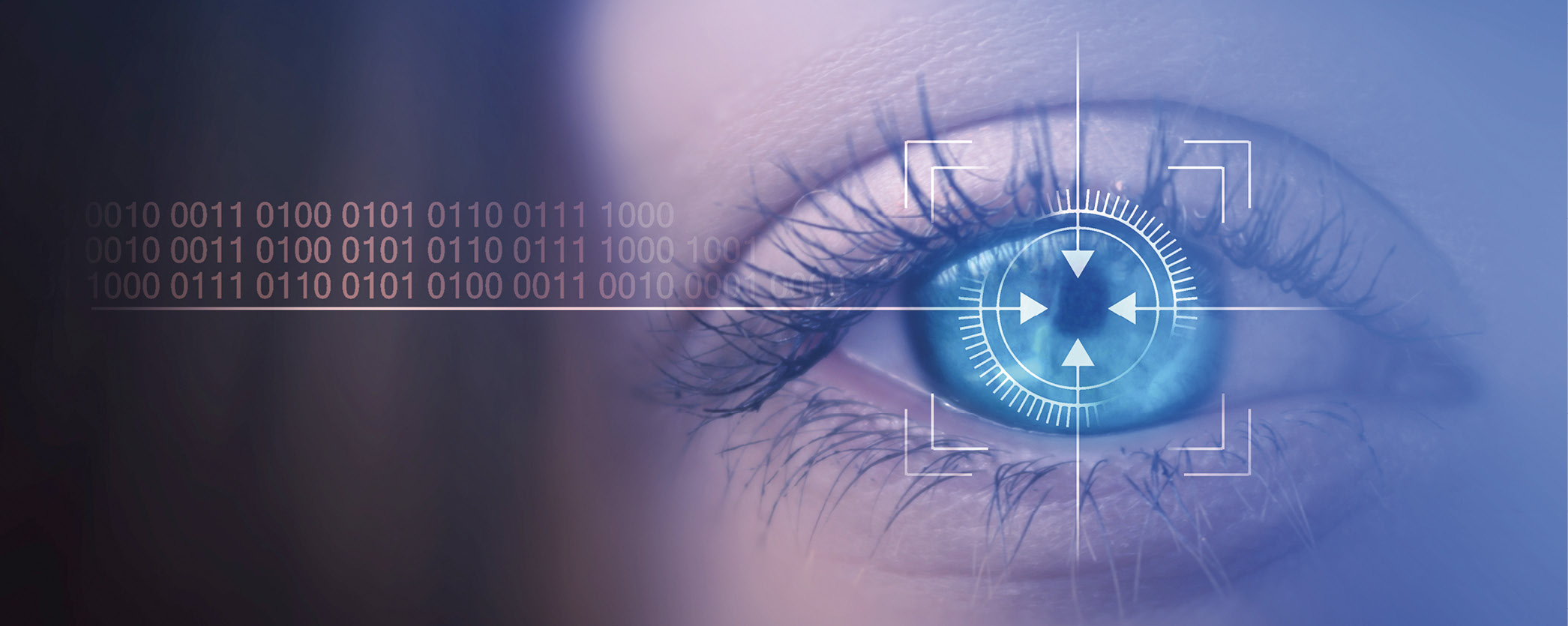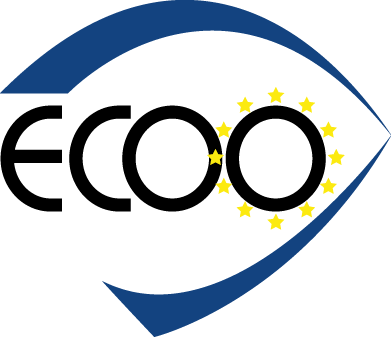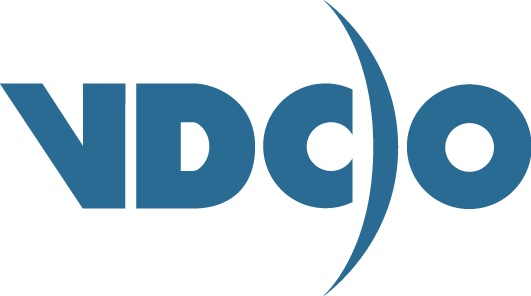AI in optometry: will we still have something to do?
Originally published in Eyeline Magazine #2, Spring 2022, and reprinted with their kind permission.
It is appealing to blindly rely on artificial intelligence (AI) to recognise eye diseases, especially if it can make an important contribution to the care process and quality experience in your practice. On the other hand, it can also feel threatening that a medical tool based on AI will take over tasks such as diagnostics and eye measurement for a corrective device. Will you still have something to do? Where does science stand and to what extent are your concerns justified? This paper is mainly about AI as a diagnostic tool.

Reliability of AI in recognising eye diseases
In order to trust AI, you need to know how reliable it is in use. No device has 100% reliability, which means that some of the examinations will detect an eye disease even though there is no eye disease present. But it can also happen that no eye disease is found, while it is present. This is called false positive and false negative. In both cases, the risk of incorrect outcomes may not be too high. To what extent and in what way can you currently use AI in recognising the three most common eye diseases?
Macular degeneration
Developments in the field of detecting macular degeneration using colour fundus photos by means of AI are promising. AI is probably better at recognising advanced macular degeneration than the early signs of macular degeneration. For the time being, caution is advised in the application of these algorithms because the AI does not yet have a reliability rating (by FDA or CE mark). False positive assessments of the AI can be prevented by additional eye examinations by an optometrist or ophthalmologist, so that people are not falsely told that they have the disease.1
Diabetic retinopathy
There are two FDA-approved AI systems, the EyeArt and the IDx-DR. These two systems are well aligned with clinical practice. They have a very low false-negative rate (AI even outperforms the human eye!). Therefore, the system can be used as a filter before referring a patient to an optometrist or ophthalmologist. However, there are also relatively many false positive results (patient wrongly assessed before referral).2 Here too, it makes sense for the optometrist to check the fundus (photo) and then decide whether the client should indeed be referred to the ophthalmologist. An optometrist can thus correct many test results before referring the patient to the ophthalmologist. With the increase of people with diabetes, AI is a very welcome development to handle this care.
Glaucoma
It is still too early to recognise glaucoma through AI, as further examinations are required to rule out glaucoma, including OCT and visual field examination. However, the results of the AI examinations that are now available can be used as a decision aid. It is expected that in the future, AI in glaucoma diagnostics will be indispensable, but there are still some hurdles to overcome before it can be translated into practice.3 It is possible that in the future, a method of glaucoma diagnostics similar to the use of AI in screening for diabetic retinopathy will be adopted, with the optometrist playing an important role in test results when abnormalities are detected.
Is AI taking over?
For the time being, the role of the optometrist is indispensable to diagnose eye diseases, and AI can be applied as a complementary tool. With the speed of AI's development, I expect it to take over more and more tasks from professionals and there will be a shift in our work towards explanation and coaching. Fear that we will be out of work in the near future will not be necessary; with the current ageing population and the increase in eye diseases, combined with the increasing shortage of health professionals, we will need all forms of innovation to ensure that clients receive timely eye care.
References
[1] Dong, L., Yang, Q., Zhang, R. H., & Wei, W. B. (2021). Artificial intelligence for the detection of age-related macular degeneration in color fundus photographs: A systematic review and meta-analysis. EClinicalMedicine, 35, 100875.
[2] Heydon, P., Egan, C., Bolter, L., Chambers, R., Anderson, J., Aldington, S., ... & Rudnicka, A. R. (2021). Prospective evaluation of an artificial intelligence-enabled algorithm for automated diabetic retinopathy screening of 30 000 patients. British Journal of Ophthalmology, 105(5), 723-728.
[3] Mursch-Edlmayr, A. S., Ng, W. S., Diniz-Filho, A., Sousa, D. C., Arnould, L., Schlenker, M. B., ... & Jayaram, H. (2020). Artificial intelligence algorithms to diagnose glaucoma and detect glaucoma progression: translation to clinical practice. Translational Vision Science & Technology, 9(2), 55-55.

About ECOO
The European Council of Optometry and Optics (ECOO) represents the interests of optometrists and opticians across 25 countries. It aims to promote eye health to the public across borders and to harmonise clinical and educational standards of optometric and optical practice throughout Europe. Website: www.ecoo.info

About VDCO
VDCO is a member of ECOO and Stephan Hirschfeld the 1st President of VDCO and member of the Professional Services Committee of ECOO.
For VDCO, the positioning of optometry in Germany is a central part of our work. VDCO has been working for many years to establish a high standard for this complex and diverse profession and to provide more legal certainty.
The divers existing qualifications and the differences in the legal positioning of optometry within Europe weaken the entire profession, not only in Germany. The VDCO is part of ECOO to address and clarify key issues regarding the future of optometry at the European level.
Anyone who would like to support the VDCO on this path is a member of the VDCO.
